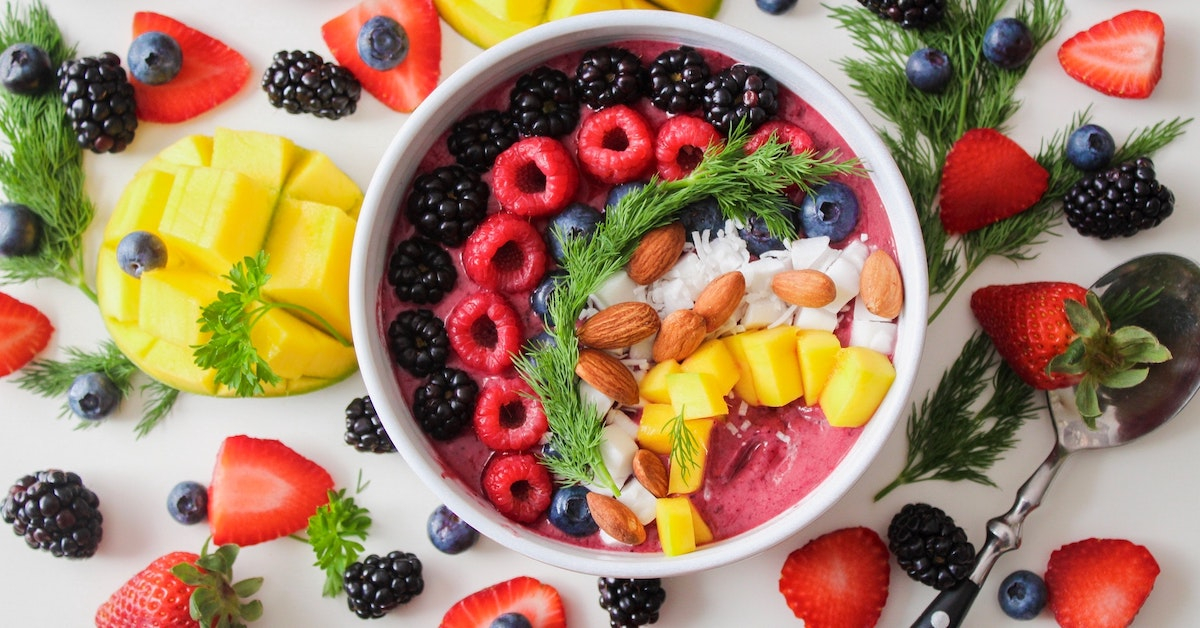This article is sponsored by one of the fastest-growing telehealth companies in America, Antidote Health.
According to the United States Department of Agriculture, roughly 10.2 percent of American households (or 13.5 million) suffered from food insecurity in the past year. Furthermore, the USDA’s Food Desert Locator map determined that approximately 10% of the United States’ 65,000 census tracts were food deserts - areas with limited access to affordable, nutritious, and healthy foods.
Millions of Americans struggle to afford and access the healthy foods they should be eating for a balanced nutritional intake. Likewise, many of them struggle to afford to receive regular doctor visits, to even verify that they’re getting the right nutritional intake for their desired health outcomes!
Malnutrition, obesity, healthy food accessibility, and all of the inequities associated with perpetuating these issues continue to be huge problems in America. It’s become such a prescient, prevalent issue that the Biden Administration has announced that the White House will hold a conference on hunger, nutrition, and health later this month, for the first time in over 50 years.
This conference is being conducted in accordance with the Biden-Harris agenda’s aims to end food insecurity and national hunger by 2030, and reduce the rates of harmful diet-related conditions like hypertension, diabetes, and morbid obesity. The conference intends to “launch a national plan” that will “galvanize action” and address nutritional inequities through a number of anti-hunger and pro-food security policy prescriptions.
“Hunger, diet-related disease, and the disparities surrounding them impact millions of Americans, and the COVID-19 pandemic put a spotlight on the urgency of addressing these issues.” - Domestic Policy Advisor and Ambassador Susan E. Rice.
This historic conference will be held on September 28th, 2022, and live streamed to the general public. The conference will aim to address national food insecurity issues through five distinct conference pillars:
- Improving the accessibility and affordability of food
- Prioritizing the role of food security in general wellness
- Ensuring that consumers are able to access healthy choices
- Encouraging healthy eating and routine physical activity
- Improving nutrition and food insecurity research nationwide
Visit https://whitehouse.gov/HungerHealthConference for more information on what the event will entail. In honor of this momentous, historic occasion, we’d like to expound more on that third conference pillar - what are the healthiest diet choices you can access, how can you stay on track to diet healthily, and what role can telehealth play in ensuring you stay on top of your wellness?
Let’s explore that - as well as a potential “antidote” if you’re struggling to find an online doctor who can help you keep your diet on track.
Healthy Foods To Eat
A more balanced and healthy diet doesn’t need to be a bland and boring diet. You can cut carbs and calories without totally cutting comfort foods out of your life. Here are some basic pointers to building a healthier, more well-balanced plate for your day-to-day diet, courtesy of advice from the Harvard T.H. Chan School of Public Health:
Devote at least ½ of your plate to colorful, varied fruits and vegetables: Sweet or savory, you can never go wrong with more fruits and veggies in your diet. In fact, research suggests that eating sweeter fruits and snacks can help you have an emotionally-sweeter disposition too! (American Psychological Association).
Direct 1/4th of your plate toward refined whole grains: Refined whole grains have been shown to be more beneficial to insulin, blood sugar, and overall cardiovascular health than processed unrefined grains. Consider opting for delectable options like whole wheat pasta, quinoa, brown rice, and oats.
Put lean proteins on the other 1/4th of your plate: Try to moderate or steer clear of red meats and processed meats like grilled beef, bacon, or sausage. Instead, opt for healthier proteins like fish, nuts, beans, or sustainably farmed poultry without harmful chemical additives.
Drink more water, tea, and coffee (with less cream and sugar): Alongside your daily nutritional plate, you’ll want to minimize your intake of unhealthy, sugary drinks, as well as dairy products, to only 1 or 2 servings a day maximum. Consider drinking more water, tea, and black coffee instead.
Now that you know some basic pointers to build a healthier plate, what can you do to maintain a consistently healthier plate?
Healthy Eating Tips
We’ve already touched on a few basic tenets of eating healthier, from moderating sugar, calories, and simple carbs to eating leaner meats. With that being said, let’s take the time to cover a few more:
Be mindful of the nutritional labels on your food: Even seemingly healthy food options may not be totally healthy. For example, the FDA even ruled that the word “natural” has ambiguous connotations with regard to food production, so if you want to get serious about eating healthier, double and triple-check your nutritional labels!
You don’t need to cut all carbs: You don’t need to go full keto and totally cut fats or carbs out of your diet. However, if you want to eat healthier, you should be more mindful of the kinds of fats and carbs you’re consuming. Simple carbs and saturated fats can pose significant health harm in excess, but monounsaturated fats, polyunsaturated fats, and complex carbohydrates are more beneficial for nutrition.
Drink more water: Seriously! Do it! Far too many people take for granted how much water they need for a healthy intake of H2O - according to the Mayo Clinic, most people should shoot for drinking 2.7-3.7 liters of water per day. No harmful preservatives, no added sugars, no processed chemicals, no problem!
Appoint an online telehealth doctor: Telehealth services - from online doctors to pharmacies to therapists, have boomed in the wake of COVID-19, and for very good reason. While you can’t have every health need met remotely, telehealth has been shown to improve a number of significant medical outcomes; including diet!
Don’t just take our word for it though - listen to the experts! One study published by Frontiers in Endocrinology estimated that nearly 60% of patients who consistently used telemedicine resources for their dietary health achieved a consistent 5% monthly weight loss. A separate study, published by JAMA, estimated as much as a 10% long-term weight reduction from consistent use of dietary telemedicine resources.
And if you’re struggling to find an online doctor who can help you maintain healthier eating habits - we might be able to help you find your Antidote!
An Apple A Day Keeps The Doctor Away - And So Does Telemedicine!
Whether you’re looking to improve the overall wellness of yourself or your loved ones, Antidote Health just might be the all-in-one telemedicine provider you need.
To learn more about how Antidote’s affordable, accessible care could benefit you and your loved ones, read our full provider review, and if you’d like to get started, you can start with $10 off your first online doctor consultation by using the promotional code “RELIEFSEEKER”!


